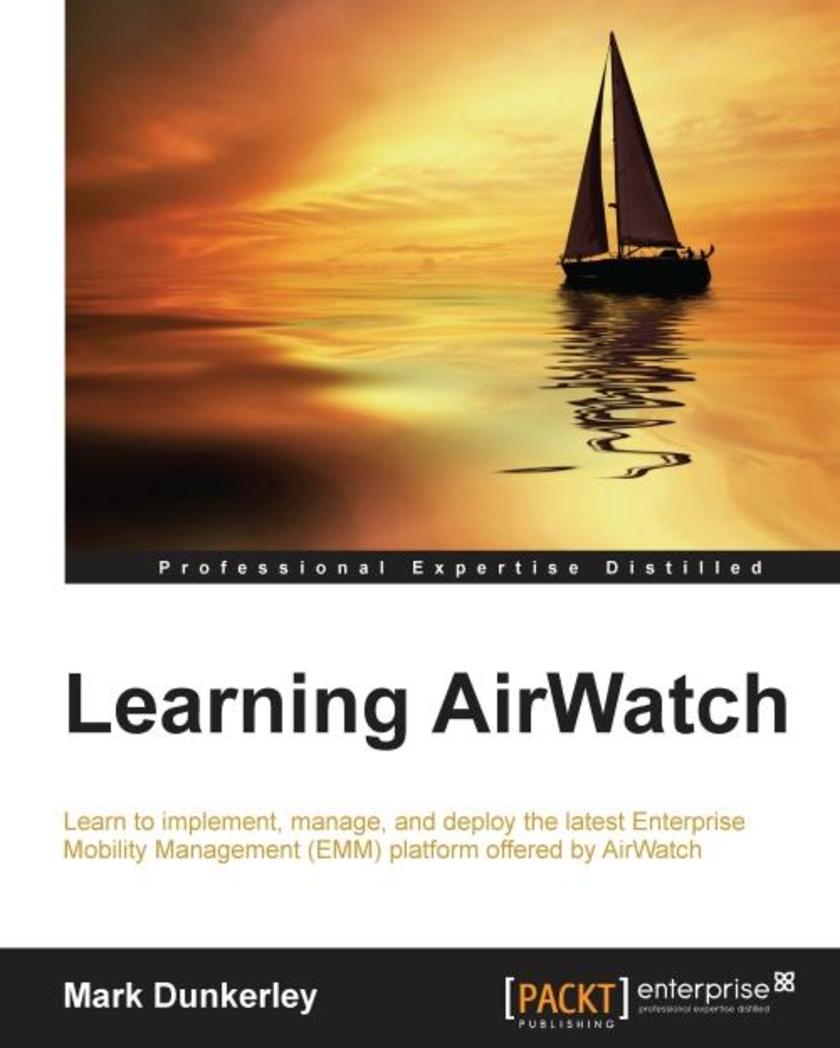
Learning AirWatch
¥90.46
If you are a technical professional who wants to dive deeper into the functionality offered by AirWatch or manage the solution, then this book will help you choose the best set of configuration, device management, and monitoring options that you can use to effectively manage your EMM implementation.

Marmalade SDK Mobile Game Development Essentials
¥90.46
A practical tutorial that's easy to follow with lots of tips, examples and diagrams, including a full game project that grows with each chapter,This book targets Professional and Indie game developers who want to develop games quickly and easily to run across a huge range of smartphones and tablets. You are expected to have some experience writing games using C++ on other platforms. Its aim is to show how to take your existing skills and apply them to writing games for mobile devices (including iOS and Android) by explaining the use of the Marmalade SDK,Familiarity with games and 3D graphics programming would be helpful. No knowledge of specific mobile SDKs such as iOS or Android is required.

Windows Server 2012 Hyper-V Cookbook
¥90.46
"Windows Server 2012 Hyper-V Cookbook" is a practical cookbook packed with recipes showing and explaining all the features and components of Hyper-V. You’ll learn from best practices, tips and tricks and examples of how to automate daily and common tasks. If you are an administrator who wants to master Microsoft Server Virtualization with Windows Server 2012 Hyper-V, then this book is for you. You should be comfortable with virtualization concepts and practices, and knowledge of previous versions of Windows Server would be an advantage.

Oracle APEX Best Practices
¥90.46
In clearly written chapters you will be guided through different aspects of Oracle Application Express. Varying from setting up your environment to maximizing SQL and PL/SQL. Examples are given based on a simple but appealing case. This book is filled with best practices on how to make the most of Oracle APEX. Developers beginning with application development as well as those who are experienced will benefit from this book. You will need to have basic knowledge of SQL and PL/SQL to follow the examples in this book.
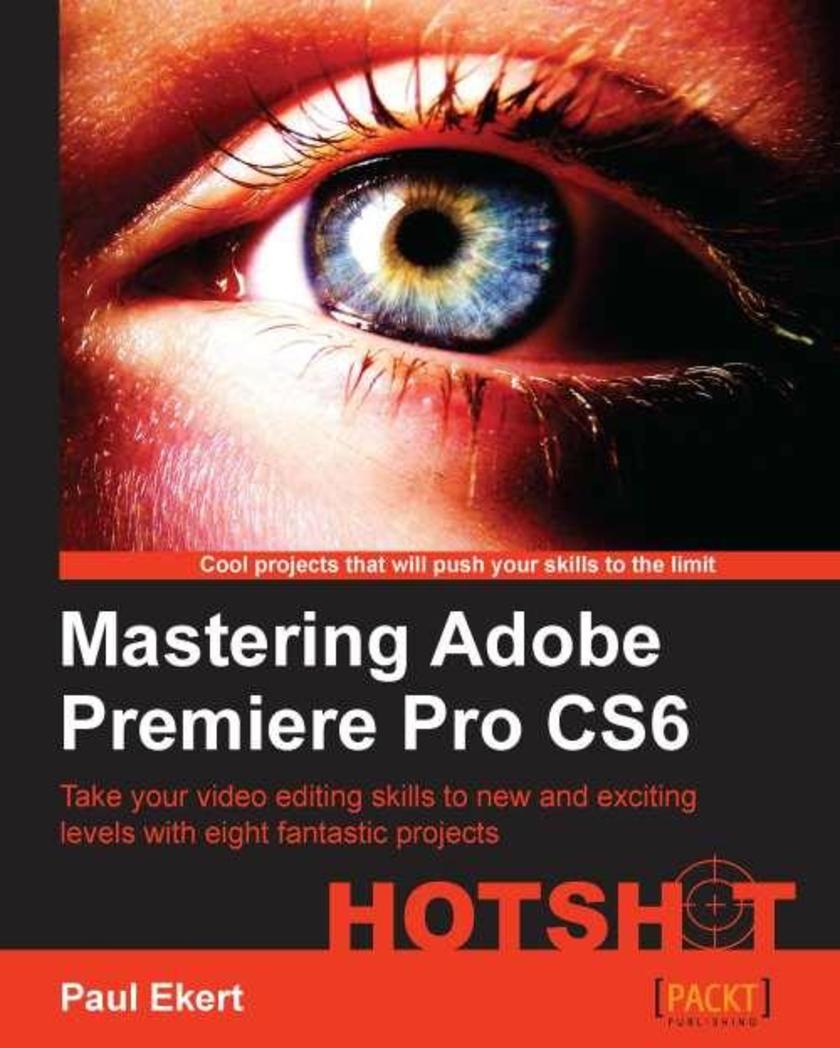
Mastering Adobe Premiere Pro CS6
¥90.46
Designed to be practical and engaging, Mastering Adobe Premiere Pro CS6 is a project-based book to help you truly augment your skills and become a film editing hotshot.If you're just starting out or even migrating from existing video editing software, then this book is for you. With rapid progression through practical examples constructed to be both engaging and useful, Mastering Adobe Premiere Pro CS6 is ideal for learning the sometimes complex workflows of this powerful application.
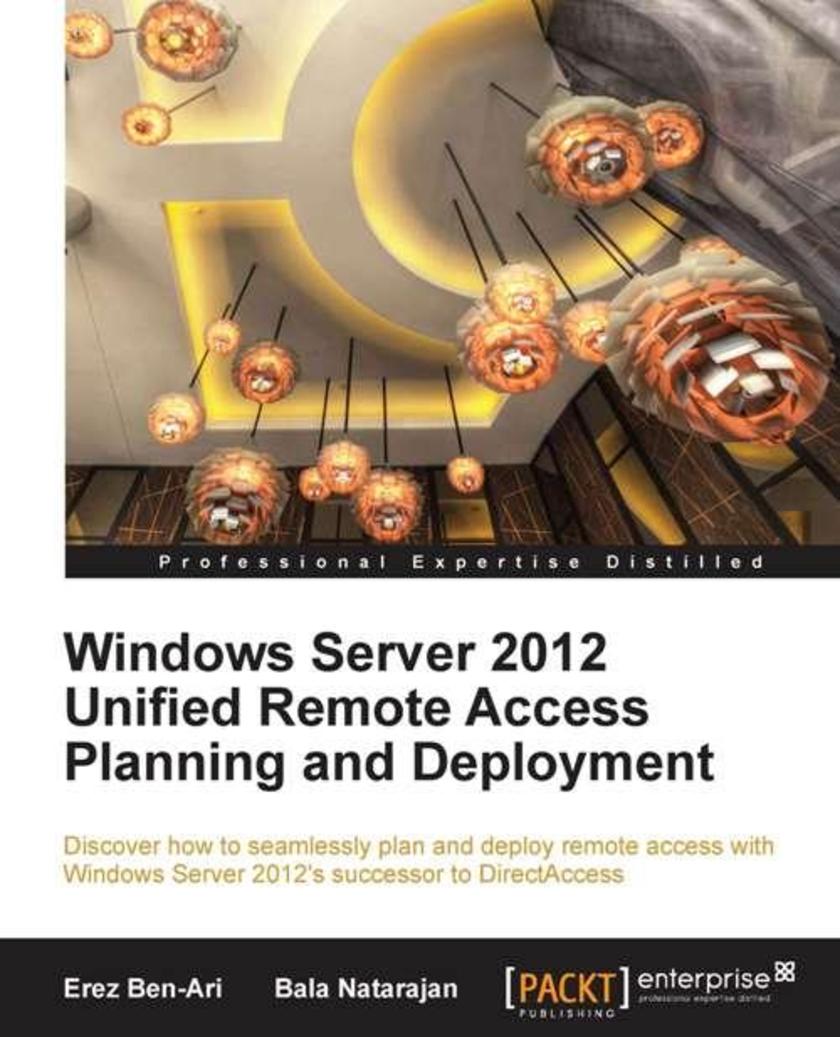
Windows Server 2012 Unified Remote Access
¥90.46
"Windows Server 2012 Unified Remote Access Planning and Deployment" is a quick start tutorial full of step-by-step instructions to guide you through planning and deploying Unified Remote Access; the successor to DirectAccess. If you are a System Administrator or Engineer who has strong knowledge of networking and deployment for the Microsoft family of operating systems and software, then "Windows Server 2012 Unified Remote Access Planning and Deployment" is for you. You should have a sound understanding of TCP/IP networking, as well as deploying and supporting Windows Server and Client operating systems.
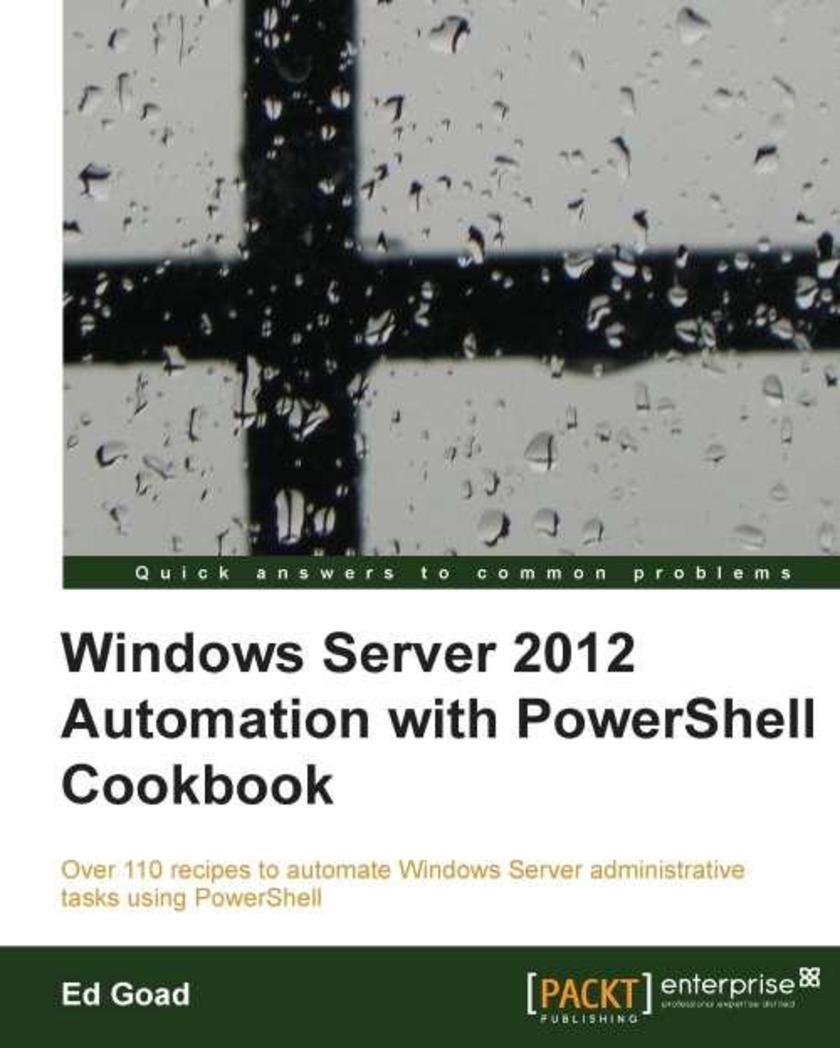
Windows Server 2012 Automation with PowerShell Cookbook
¥90.46
Cookbook with recipes based on real life examples. This book is written to assist the daily tasks for systems administrators, engineers, and architects working with Windows Server 2012.
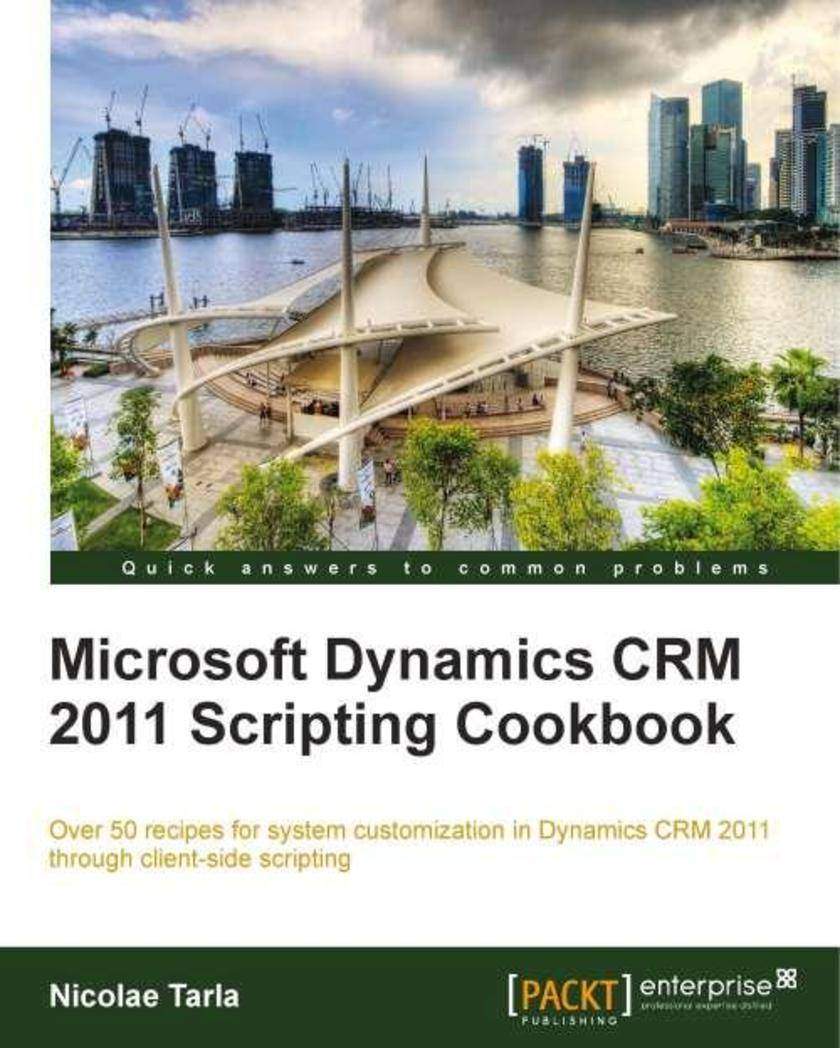
Microsoft Dynamics CRM 2011 Scripting Cookbook
¥90.46
Microsoft Dynamics CRM 2011 Scripting Cookbook is full of immediately useable recipes showing you how far you can take customization in Dynamics. While the book is structured so that each recipe can be tackled separately, for novice users it is recommended to follow through all the recipes in the order in which they are presented. This book is for those new to Dynamics CRM and for business analysts interested in gaining additional product specific knowledge. Stepping through the first chapters will introduce you to the customization process and give you enough knowledge to start looking into more advanced topics. Developers and web designers of another CRM product will see how their skills can be easily adapted to start customizing Dynamics CRM 2011. You should be familiar with the basic concepts of what a CRM system is and does. Additional knowledge of the current or a previous version of Dynamics CRM will help, but is not necessary.

Joomla! 2.5 Beginner’s Guide
¥90.46
Written with a fast-paced but friendly and engaging approach, this Packt Beginner's guide is designed to be placed alongside the computer as your guide and mentor. Step-by-step tutorials are bolstered by explanations of the reasoning behind what you are doing. You will quickly pick up the necessary skills, tips, and tricks for building a successful Joomla! website. This book is written for beginners to website design. By the end of the book you will have built a complete custom content managed website, and be ready to build any kind of website.
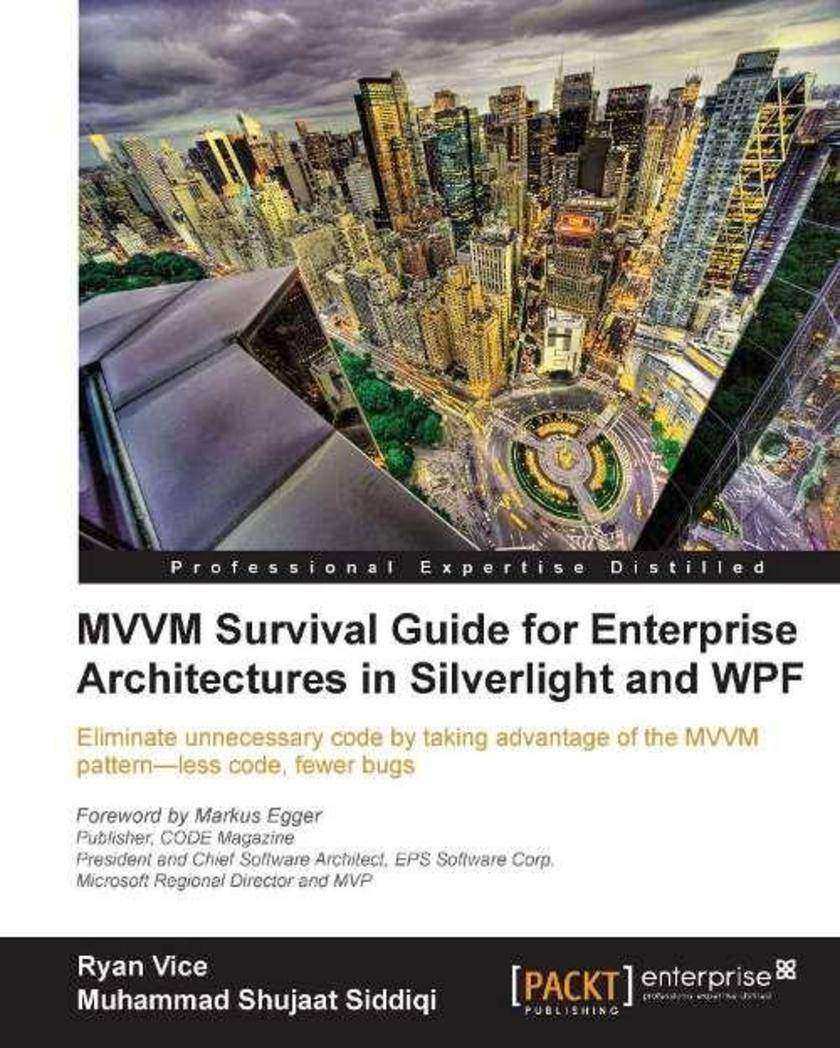
MVVM Survival Guide for Enterprise Architectures in Silverlight and WPF
¥90.46
This book combines practical, real-world examples with all the background material and theory you need The concepts are explained with a practical LOB enterprise application that is gradually built through the course of this book. MVVM offers lots of design choices and the author shows examples of each of these approaches, by changing the code to achieve the same results. This book will be a valuable resource for Silverlight and WPF developers who want to fully maximize the tools with recommended best practices for enterprise development. This is an advanced book and you will need to be familiar with C#, the .Net framework, and Silverlight or WPF.
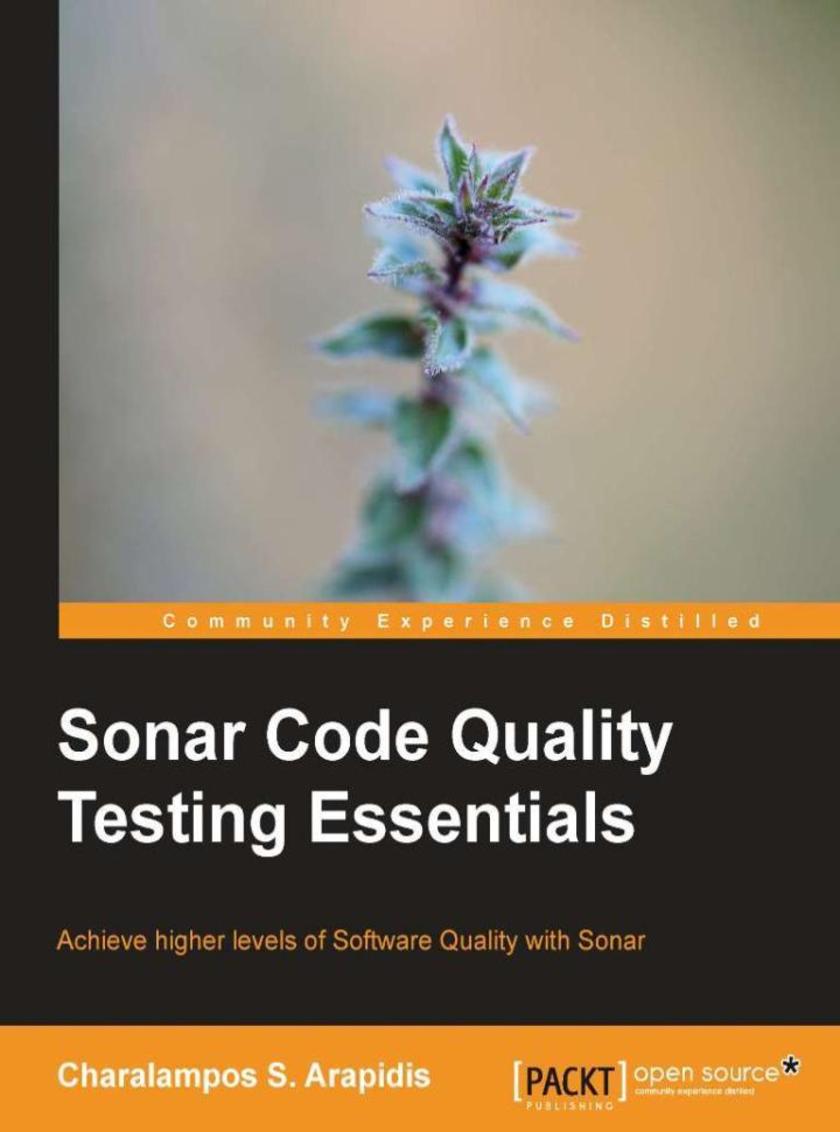
Sonar Code Quality Testing Essentials
¥90.46
This is a step-by-step tutorial enriched with practical examples and the necessary screenshots for easy and quick learning. This book is for you if you are a Java developer or a Team Manager familiar with Java and want to ensure the quality of your code using Sonar. You should have a background with Java and unit testing in general.
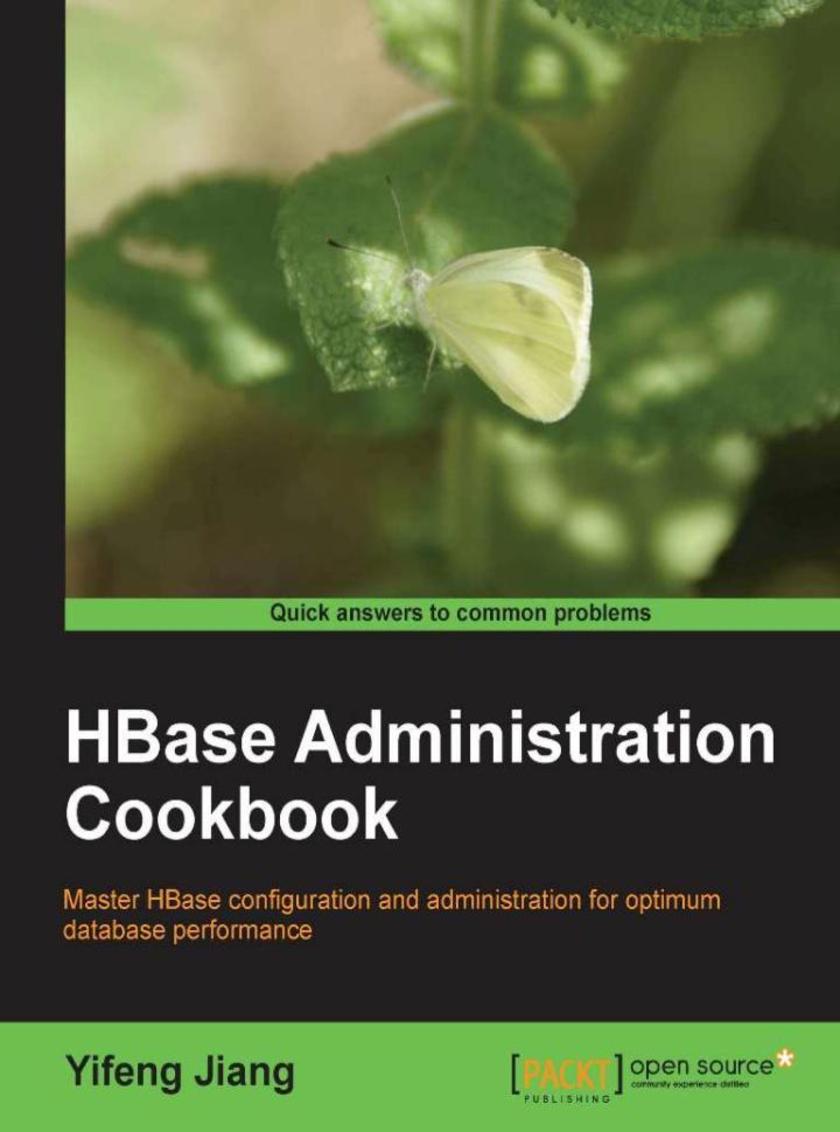
HBase Administration Cookbook
¥90.46
As part of Packt’s cookbook series, each recipe offers a practical, step-by-step solution to common problems found in HBase administration. This book is for HBase administrators, developers, and will even help Hadoop administrators. You are not required to have HBase experience, but are expected to have a basic understanding of Hadoop and MapReduce.
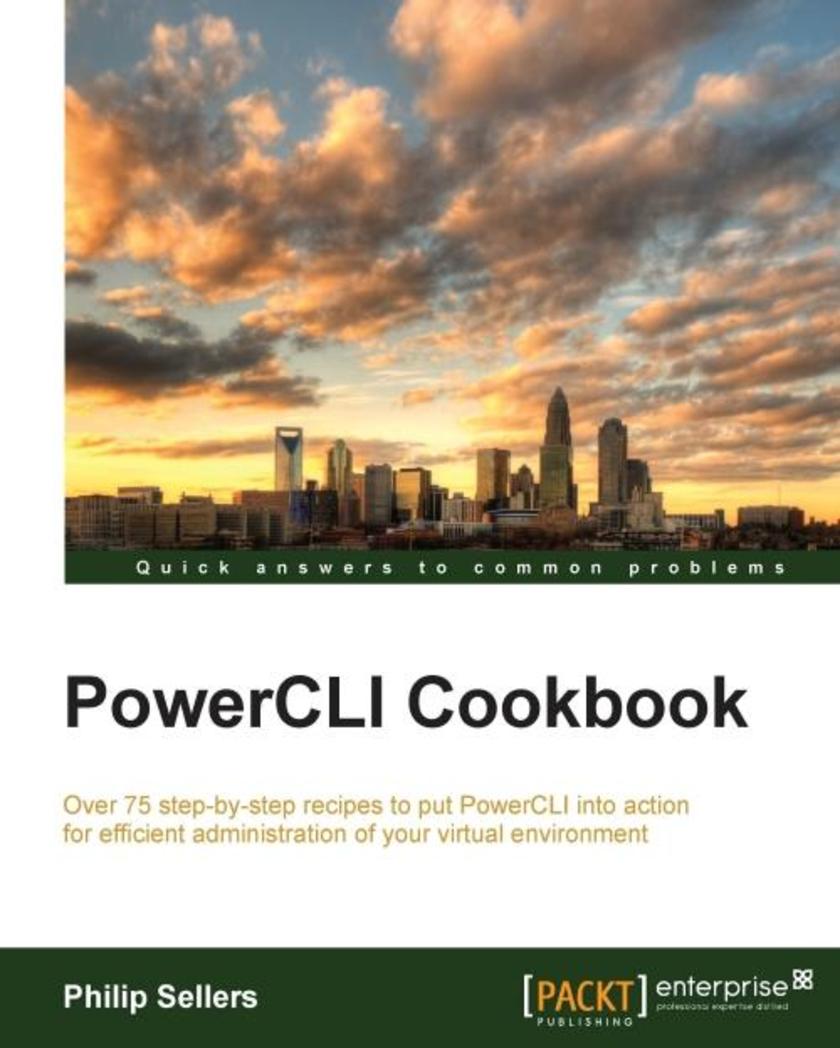
PowerCLI Cookbook
¥90.46
If you are a virtualization professional who wants to unleash the power of automation and combat the complexity of sprawling virtual environments, this book is ideal for you. This book will enhance your skills of administering VMware vSphere and vCloud Director with PowerCLI.
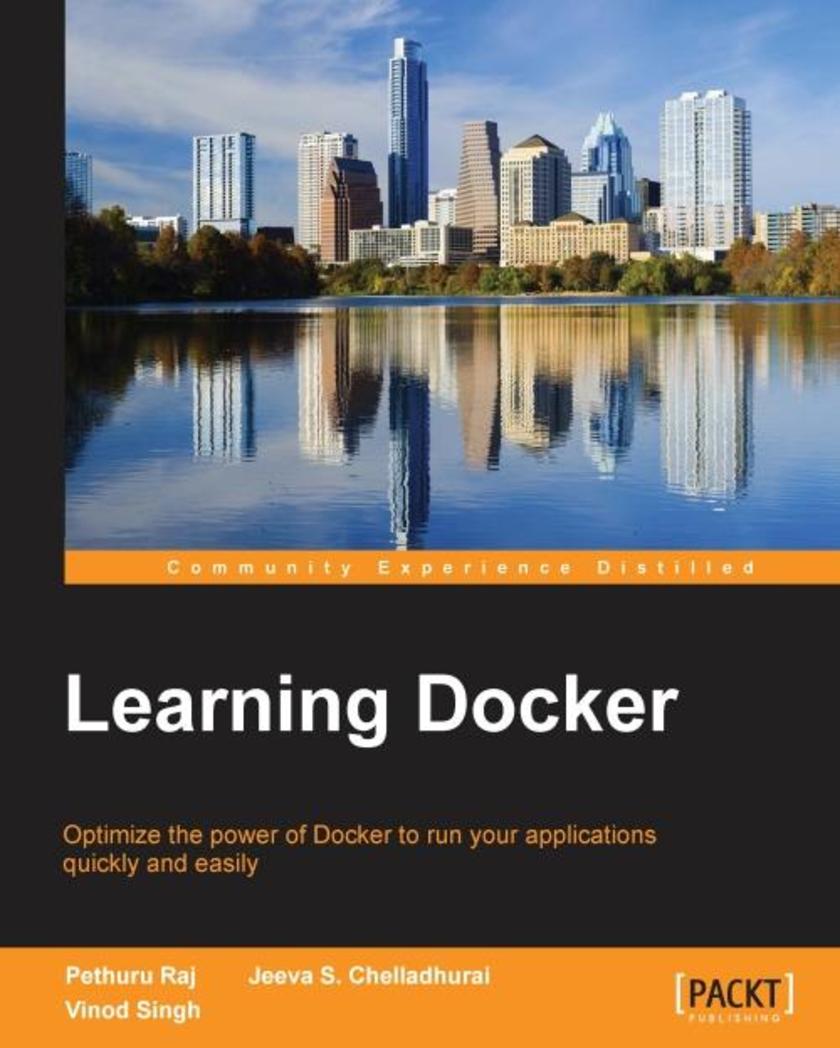
Learning Docker
¥90.46
If you are an application developer who wants to learn Docker in order to utilize its features for application deployment, then this book is for you. No prior knowledge of Docker is required.

IBM Cognos Business Intelligence 10.1 Dashboarding cookbook
¥90.46
This book is written in the style of a cookbook, with emphasis on practical, step-by-step recipes augmented with real screenshots and little to no theory. This approach will help you follow each step, each link, and see the bigger picture,If you are a user with basic knowledge of Cognos BI (any version) and want to learn the advanced and latest dashboarding capabilities shipped with IBM Cognos BI, this book is for you.
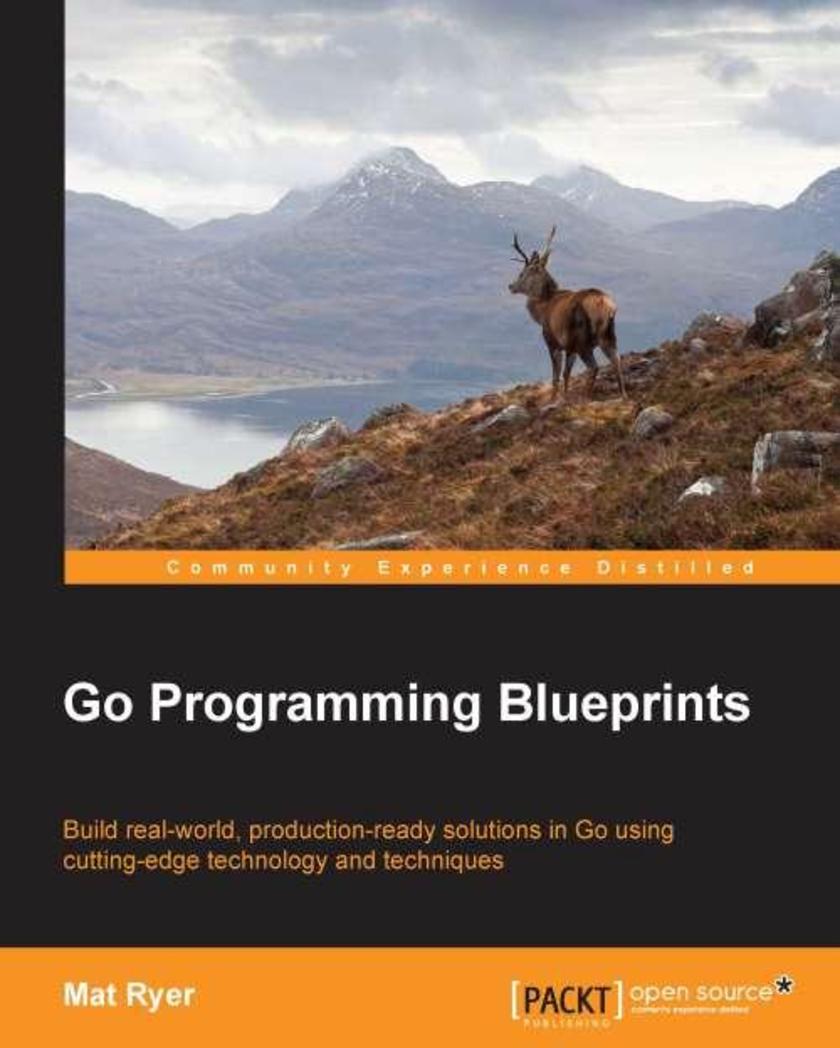
Go Programming Blueprints
¥90.46
Intended for seasoned Go programmers who want to put their expertise in Go to use to solve big, real-world, modern problems. With a basic understanding of channels and goroutines, you will hone your skills to build tools and programs that are quick and simple. You need not be an expert in distributed systems or technologies in order to deliver solutions capable of great scale. It is assumed that you are familiar with the basic concepts of Go.
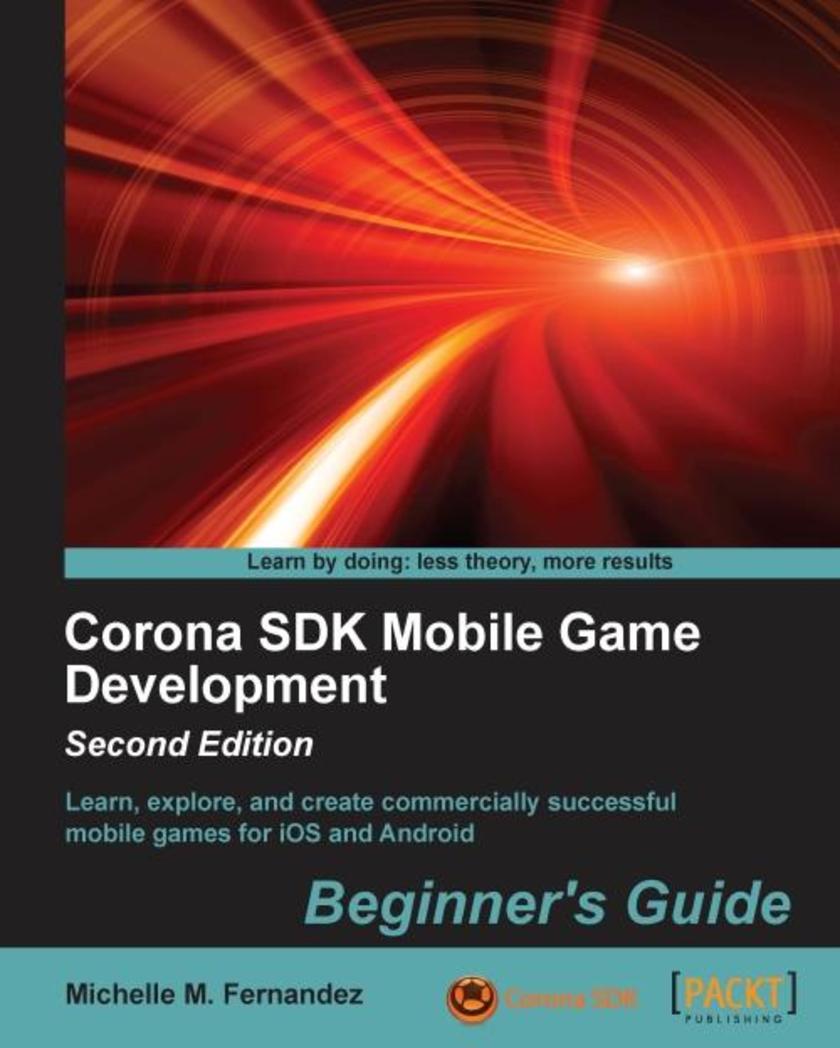
Corona SDK Mobile Game Development: Beginner's Guide - Second Edition
¥90.46
This book is for anyone who wants to have a go at creating commercially successfully games for Android and iOS. You don’t need game development or programming experience.
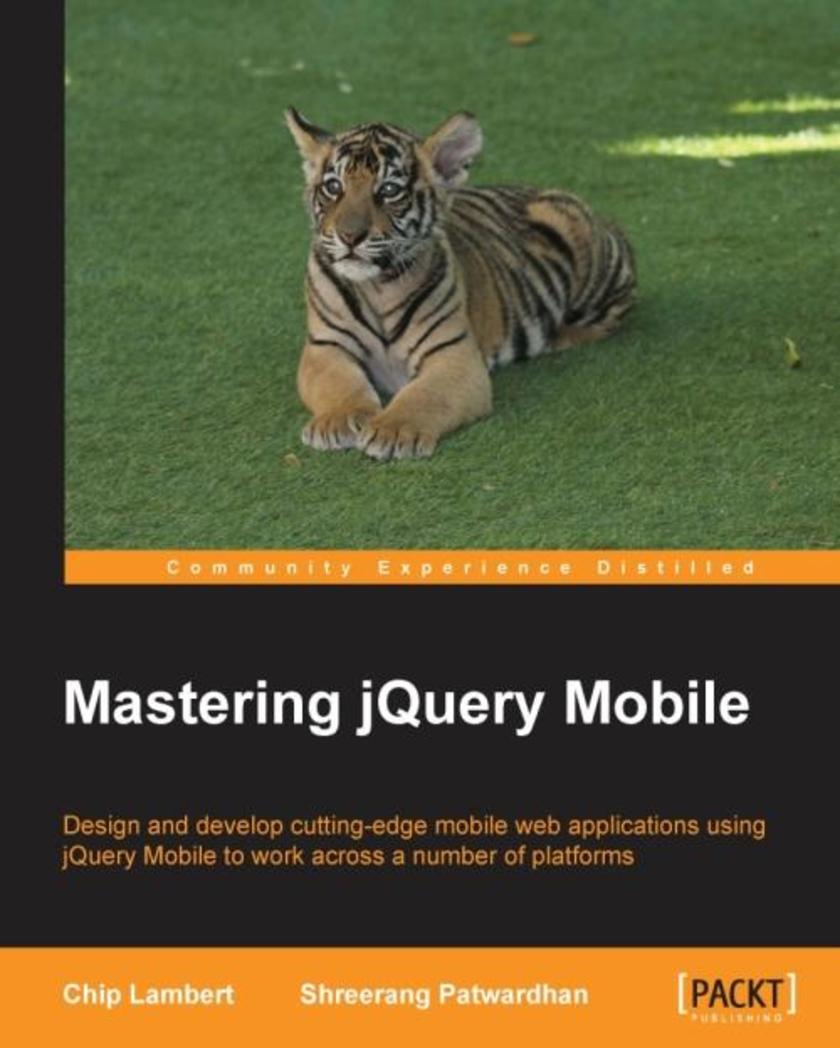
Mastering jQuery Mobile
¥90.46
You've started down the path of jQuery Mobile, now begin mastering some of jQuery Mobile's higher level topics. Go beyond jQuery Mobile's documentation and master one of the hottest mobile technologies out there. Previous JavaScript and PHP experience can help you get the most out of this book.
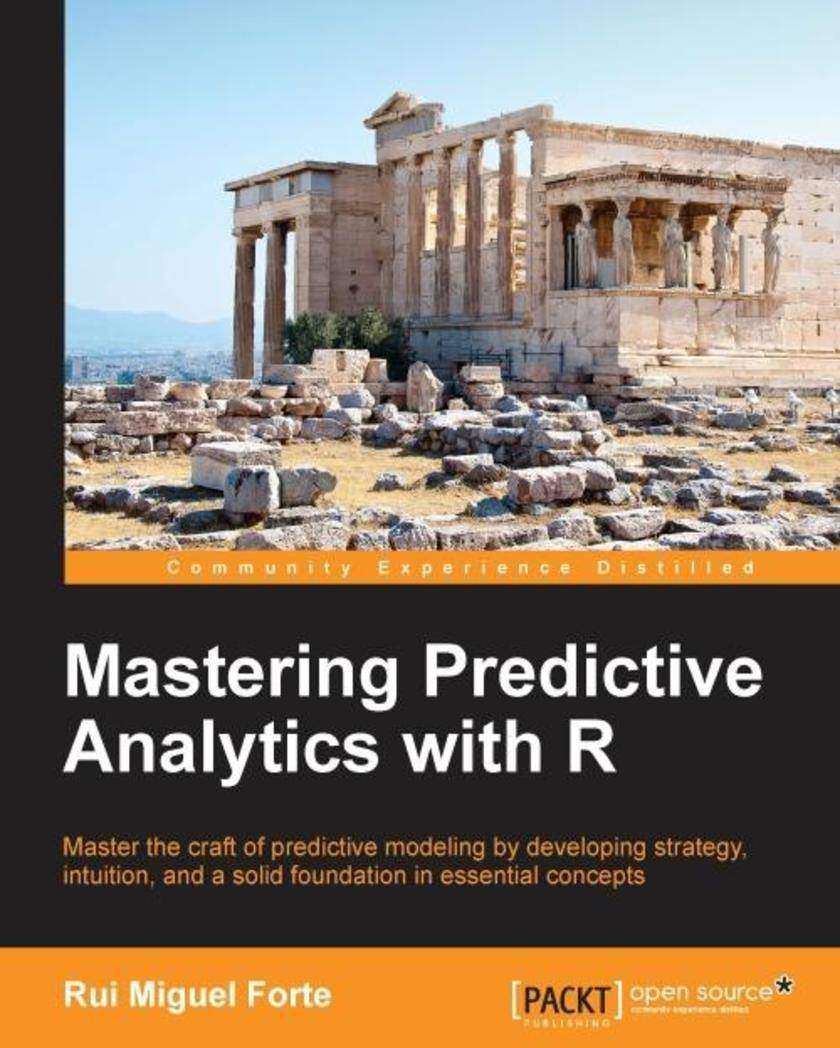
Mastering Predictive Analytics with R
¥90.46
This book is intended for the budding data scientist, predictive modeler, or quantitative analyst with only a basic exposure to R and statistics. It is also designed to be a reference for experienced professionals wanting to brush up on the details of a particular type of predictive model. Mastering Predictive Analytics with R assumes familiarity with only the fundamentals of R, such as the main data types, simple functions, and how to move data around. No prior experience with machine learning or predictive modeling is assumed, however you should have a basic understanding of statistics and calculus at a high school level.
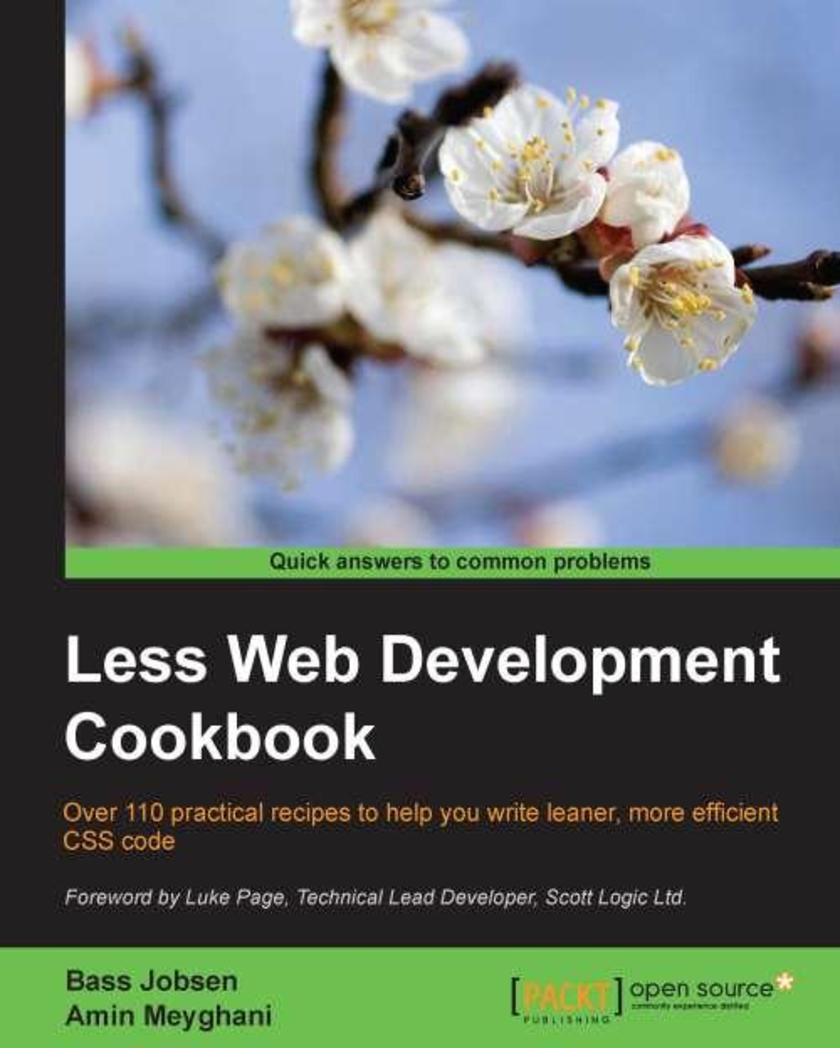
Less Web Development Cookbook
¥90.46
Aimed at those who want to overcome the limitations of CSS, through this book you will begin to harness the efficiency of Less by building advanced, responsive, and modern websites. Experienced web developers, students, and even web designers will find this guide very useful as they enhance their CSS skills.
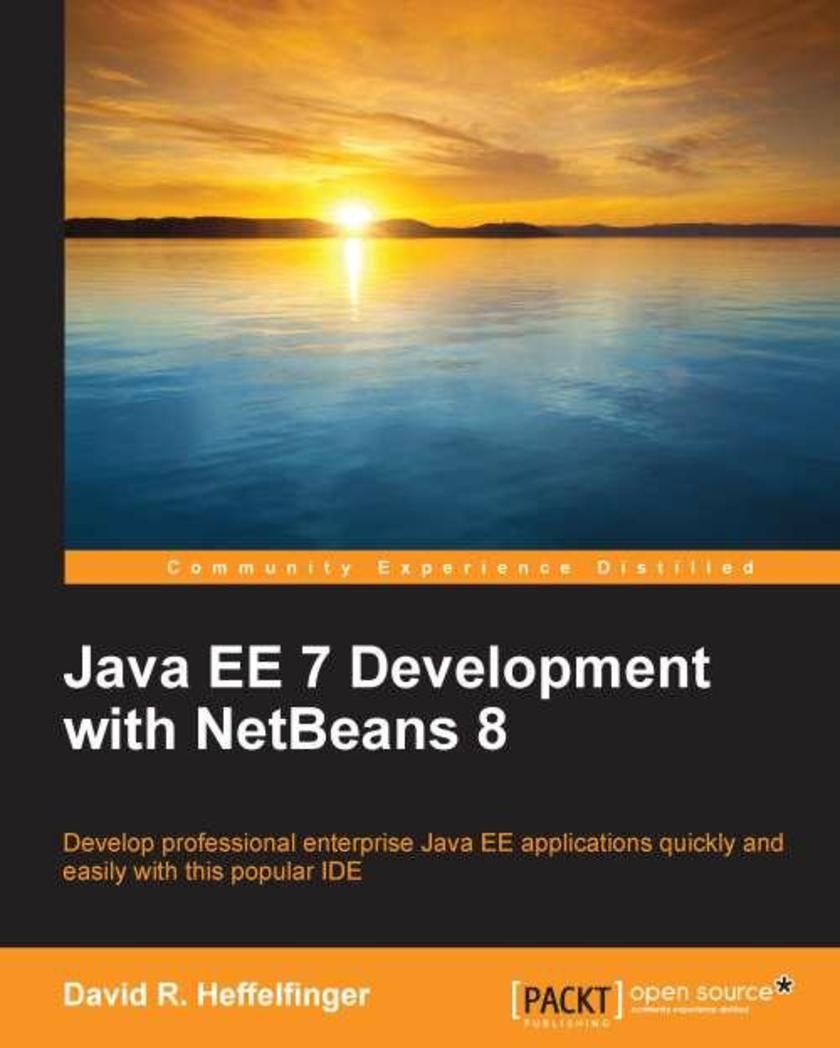
Java EE 7 Development with NetBeans 8
¥90.46
The book is aimed at Java developers who wish to develop Java EE applications while taking advantage of NetBeans functionality to automate repetitive tasks. Familiarity with NetBeans or Java EE is not assumed.




 购物车
购物车 个人中心
个人中心



